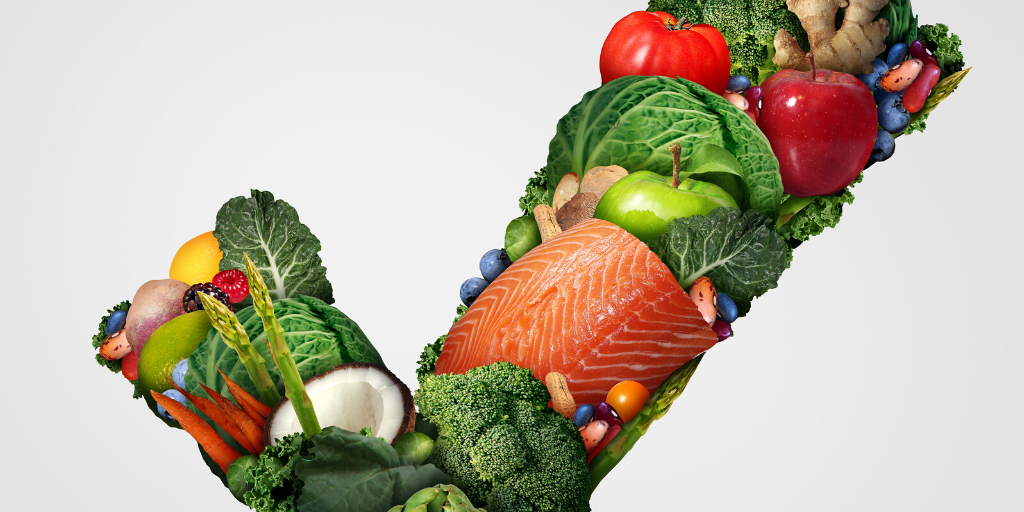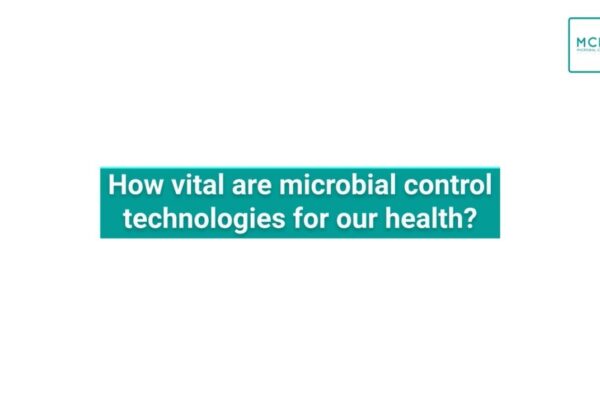“There is evidence to link increasing temperatures to higher incidences of infections by several foodborne pathogens like Salmonella spp. and Campylobacter spp. in different parts of the world” states the UN Food and Agriculture Organization (FAO) in its recently published report ‘Climate Change: Unpacking the burden on food safety.
The risk of climate change affecting foodborne illnesses is caused by human behaviour, water scarcity, and poor-quality food storage. For example, higher temperatures often lead to more outdoor activities such as barbecues and picnics. This creates challenges related to temperature-safe food storage, cross-contamination between cooking vessels and the undercooking of meat (United States Department of Health and Human Services, 2019). Furthermore, water scarcity can lead to inadequate sanitation of machines used for food processing or lack of hand hygiene of people who handle food in processing plants (Chersich et al., 2018), while increasing ambient temperatures coupled with elevated storage temperatures will increase human exposure to food that is unsafe for consumption (James and James, 2010).
According to the WHO, among approximately 600 million cases of foodborne illness worldwide in 2010, 550 million were due to diarrhoeal diseases caused by infectious agents such as norovirus, Campylobacter spp., Vibrio cholerae, and others. As far as is Europe is concerned, an increase of 1 °C in the weekly ambient temperatures in several European countries resulted in a 5 to 10 percent increase in salmonellosis cases (Kovats et al., 2004).
Not only can climate change impact food safety, but food-related businesses can also suffer major economic impacts. In the US alone, food-related businesses spend an estimated USD 7 billion per year in response to food safety incidents related to their products. These costs are associated with notification of consumers, removal of products from shelves and payment of damages resulting from lawsuits (Hussain and Dawson, 2013).
Ensuring food safety at all stages of the food chain is vital, from farm to fork. Given the endured risks, MCEC believes that prevention of microbial contamination should be considered preferable to fighting the illness. Here is where microbial control technologies have a large role to play. These technologies provide the disinfectants and sanitisers used to clean the facilities where food is being produced. Sanitising irrigation water used on crops and cleaning food containers and packaging are also among the important application areas for microbial control in the food production process. As such, microbial control technologies lead to benefits for our health and our economy, and contribute to ensuring trust in the food we need and enjoy.
ADDENDUM: In June 2020, the European Food Safety Agency (EFSA) announced the development by an international team of scientists of a methodology to identify and define emerging risks for food and feed safety in context of climate change. The approach – called CLEFSA (“Climate change as a driver of emerging risks for food and feed safety, plant, animal health and nutritional quality”) – is described in a new report, available here.







